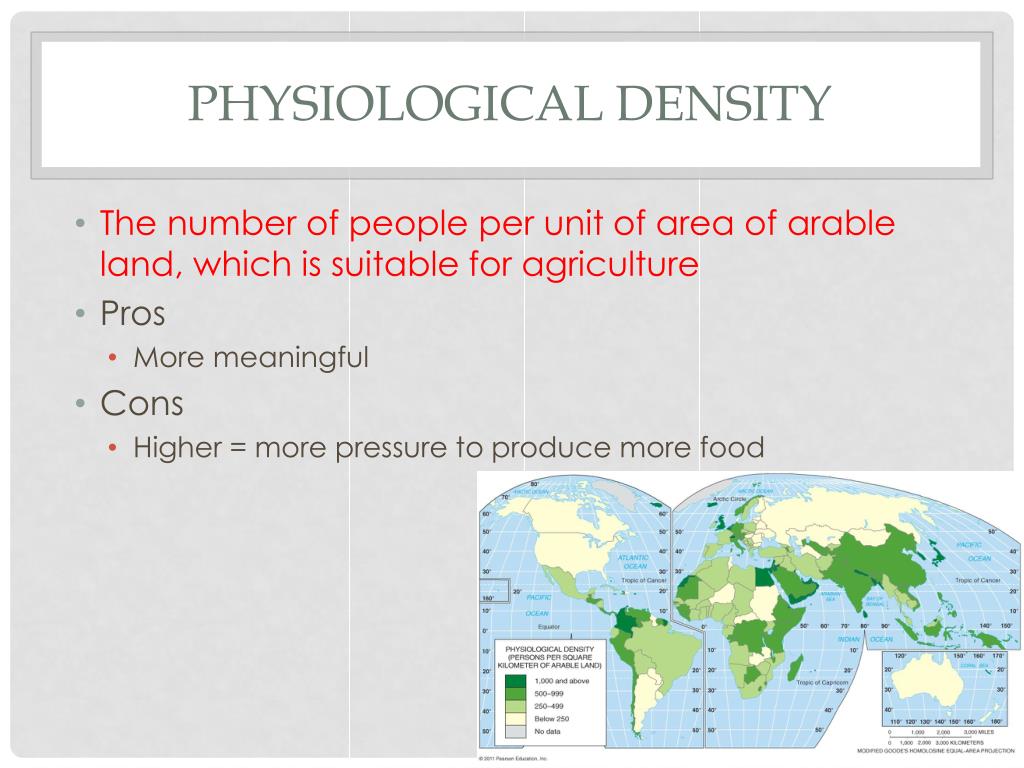

These technologies could be something as simple as irrigation ditches to something as complex as genetic modification of the plants and animals themselves. The carrying capacity of land in wealthy developed countries has expanded tremendously due to the application of technology.

Not only do environmental characteristics change (due to desertification, for example) but technology changes as well. Carrying capacity is not static throughout time. Carrying capacity is simply how many people can live from a given piece of land. Related to food production is the concept of carrying capacity. If they are eating the produce directly, outside the cash economy, then the comparison is less valid.įigure 2.19 | Agricultural Density 2015 16 Of course, an underlying assumption of this number is the idea that people are growing food to earn a living. Places with high agricultural densities have more farmers per hectare, meaning that farms will likely produce less revenue. Each farm tends to be large in order to generate a sufficient income. Developed countries have mechanized agriculture and few farmers per capita. This provides a number that is a good measure of development, or rather it’s a good measure of underdevelopment. Instead of using the entire population, it only uses farmers ( Figure 2.19). Be aware that food that is gathered or hunted from non-agricultural land is not considered in this number.įigure 2.18 | Physiological Density 2015 15Īgricultural density has the same denominator as physiological density, but has a different numerator. This is useful for demonstrating how much pressure is being put on the farmland that is available. Places that are not used for agriculture- deserts, lakes, mountaintops and similar places – are subtracted from the land total. Instead of using all the land in a country, it only accounts for arable (farmable) land ( Figure 2.18). Physiological density has the same numerator (population), but the denominator is different. The area is usually measured in square kilometers, since most of the world uses the metric system ( Figure 2.17). It is simply the number of people divided by the area of the country. There are many of these and each has its merits.Īrithmetic density is the simplest one.

We need to use a method that changes from a measure of overall population to some kind of per capita measure. Countries that are physically larger can hold more people.

This is a good way to start, but the limitations are fairly obvious. You’ll recall that we began by looking simply at people per country. For example, the arithmetic density of the number 12345 is 0.2, because it has 5 digits but is equal to 12345/100000. Remember the earlier comparison of Russia and Bangladesh? This is the section where we discuss the different ways of calculating the pressure that populations put onto the land that they inhabit. Arithmetic density is a measure of how many digits are in a given number, expressed as a proportion of the number of digits to the size of the number. Is divisible by $t.$ In 2019, Hirschhorn and Sellers \cite.17 2.6 MEASURING THE IMPACT OF POPULATION
#Arithmetic density pdf
Download a PDF of the paper titled Arithmetic density and congruences of $t$-core partitions, by Nabin Kumar Meher and 1 other authors Download PDF Abstract: A partition of $n$ is called a $t$-core partition if none of its hook number arithmetic densities) (geography, statistics) The population density measured as the number of people per unit area of Quote, Rate & Share. These ratios are known as arithmetic density, physiological or nutritional density, agricultural density, economic density etc.


 0 kommentar(er)
0 kommentar(er)
